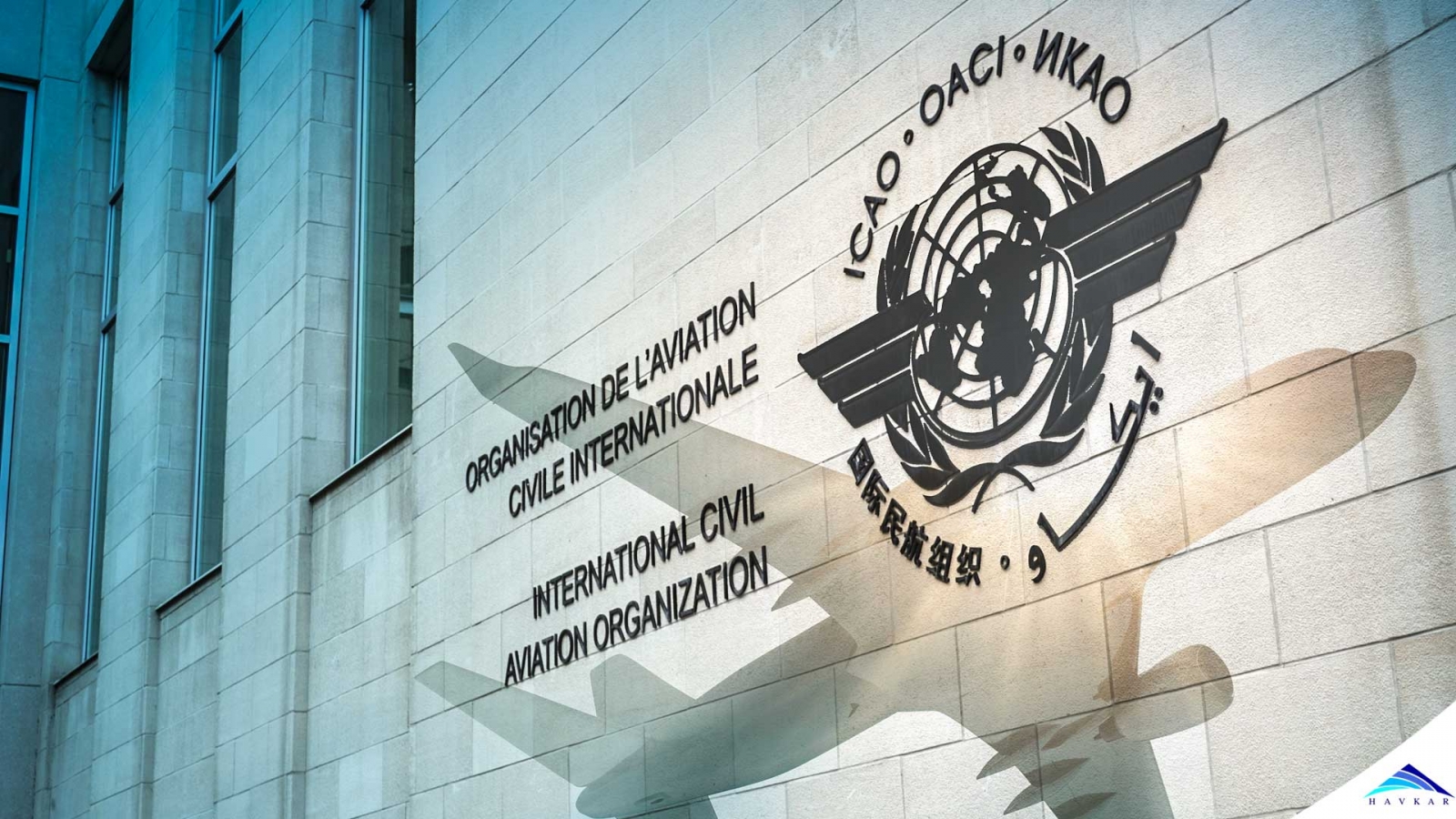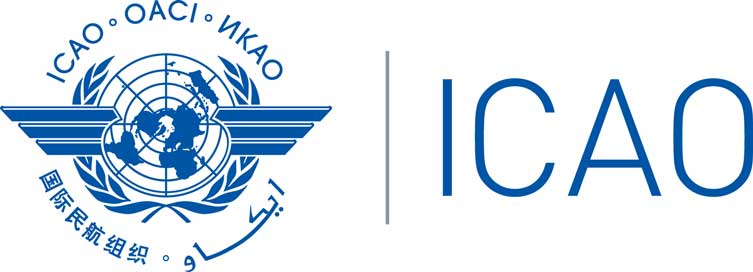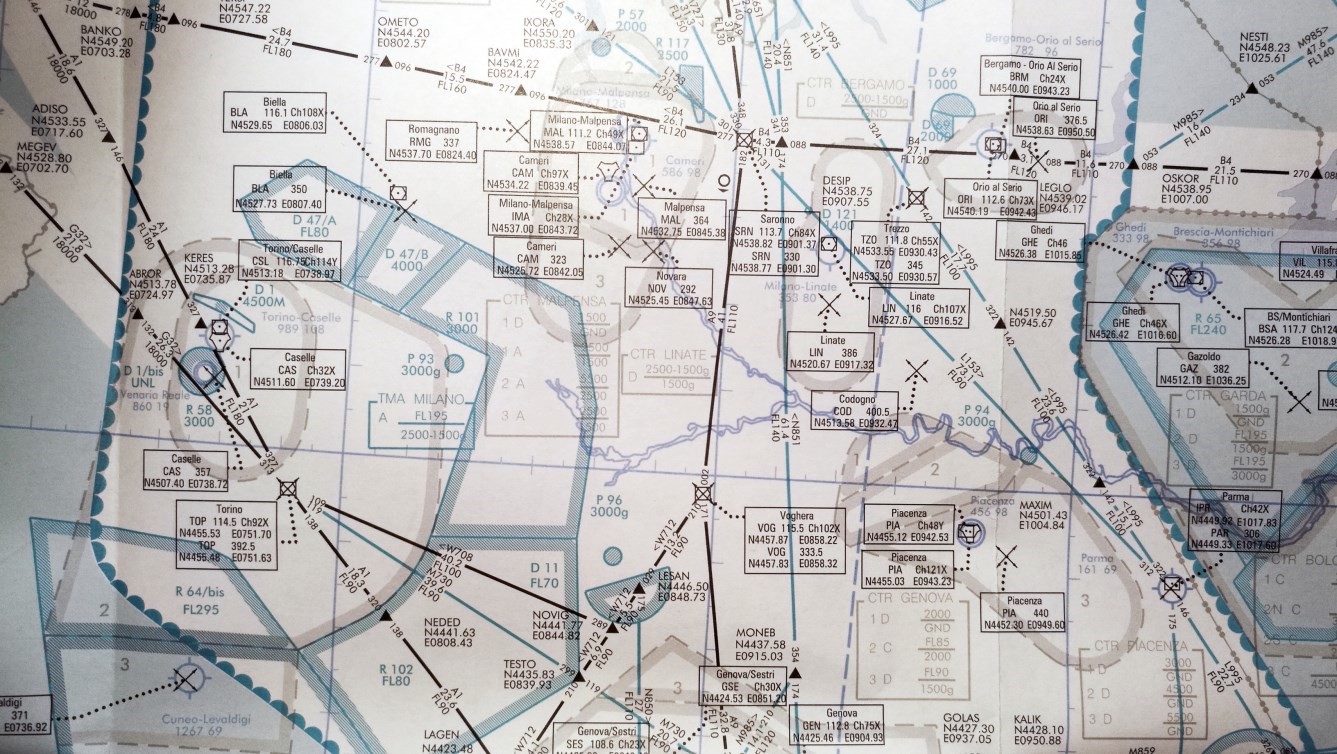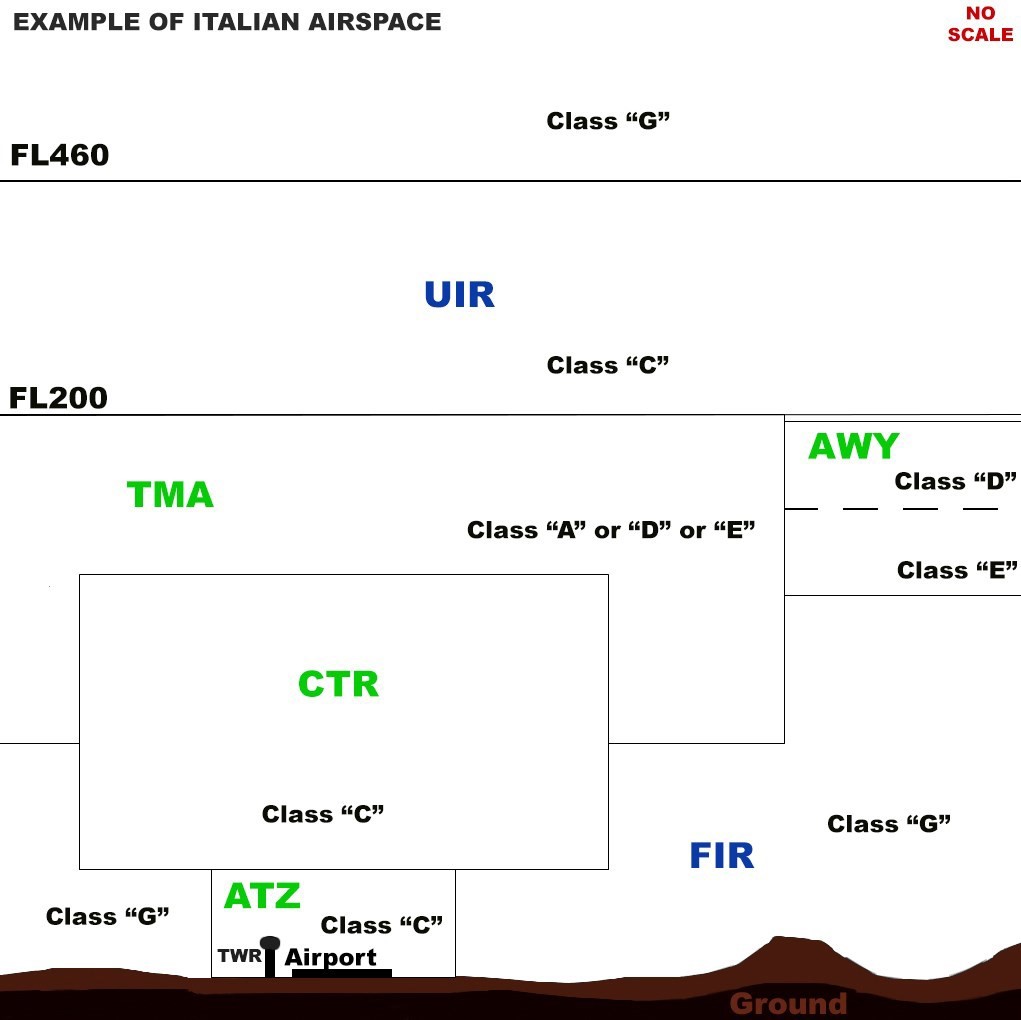
The growing development of air traffic during the 1980s meant that airspace regulations had to be regulated to maintain a proper and regular air traffic flow. Creating a subdivision into “classes” of the airspace, attributing to each class the ATS services to both IFR and VFR flights, increasing the level of security and the separation in flight.

The states that take the responsibility for providing air traffic services “ATS” must publish their airspaces types on the national AIPs “aeronautical information publications” to provide users with the methods and limits of use.
In order to assist pilots operating in the airspaces, some types of services, called air traffic services “ATS”, have been created. These services can be further classified into three services: air traffic control service “ATCS”, flight information service “FIS” and alerting service “ALS”.
The ICAO Annex 11 describes the Air Traffic Services “ATS” to promote a safe, ordered and expeditious flow of air traffic.
Air traffic control service “ATCS”:
It has the main purpose of ensuring the separation between aircraft to avoid collisions.
Flight information service “FIS”:
It has the purpose of providing advice and information useful for flight (just an information).
Alerting service “ALS”:
It has the purpose of giving notice of the presence of aircraft which need the search and rescue service “SAR”.
The search and rescue services “SAR” is an organization that employs appropriate aircraft to help aircraft in trouble during emergency phases. According to ICAO standards, each Contracting State must provide the search and rescue service as described in appendix 12 of the ICAO (Annex 12).
ICAO has established the classification of airspace by dividing it into controlled airspaces and non-controlled airspaces.
The controlled airspaces are: Class A, class B, class C, class D and class E.
The non-controlled airspaces are: Class F and class G.
Class A:
VFR flights prohibited and IFR flights are permitted. All flights are provided with the air traffic control service
“ATCS” and are separated from each other. ATC clearance is required.
Class B:
IFR and VFR flights are permitted. All flights are provided with the air traffic control service “ATCS” and are separated from each other. ATC clearance is required.
Class C:
IFR and VFR flights are permitted. All flights are provided with the air traffic control service “ATCS” and IFR flights are separated from other IFR flights and from VFR flights. VFR flights are separated from IFR flights and they receive the flight information service “FIS” in respect of other VFR flights. ATC clearance is required.
Class D:
IFR and VFR flights are permitted. All flights are provided with the air traffic control service “ATCS” and IFR flights are separated from other IFR flights and they receive the flight information service “FIS” in respect of VFR flights, VFR flights receive the flight information service “FIS” in respect of all other flights. ATC clearance is required.
Class E:
IFR and VFR flights are permitted. IFR flights are provided with air traffic control service “ATCS” and they are separated from other IFR flights. All flights receive the flight information service “FIS” as far as it is practical. ATC clearance is required for IFR flights.
Class F:
IFR and VFR flights are permitted. IFR flights receive an air traffic advisory service “ADS” and all flights receive the flight information service “FIS” if requested. Advisory only.
Class G:
IFR and VFR flights are permitted. All flights are provided with the flight information service “FIS” if requested. Separation is not provided. ATC clearance is not provided.

The airspace is divided into lower airspace and upper airspace, the purpose of this division is to allow the application of different procedures in the two portions of the airspace. For European States and many other States (i.e. Italy, France, etc.) the separation between the lower and upper airspace is fixed at flight level 200 (FL200 or 20000 Feet).
The upper airspace that starts from the included FL200, is divided into upper information regions "UIR", which is an airspace classified “C” up to FL460, and then classified “G” above.
The lower airspace is divided into flight information regions "FIRs" which contain all routes of a particular flight region. The ATS service of the "FIR" is the flight information centre "FIC" which provides the flight information service “FIS” and the alerting service “ALS” within its own flight region.
Within the "FIR", controlled airspaces are set up as the control areas "CTA" that are control areas where the control service is provided to IFR aircraft under the jurisdiction of the area control centres "ACC".
In the controlled airspace, there are the “airways” which are long corridors, normally 10 Nautical Miles wide, equipped with radio aids and navigation facility. At the end of each airway there is a terminal control area “TMA”, which is a controlled airspace surrounding a major airport, where there is a high volume of traffic that contains one or more control zones “CTR”.
The “TMAs” are set up at the confluence of several airways with the aim of protecting IFR traffic and are controlled by the area control centre "ACC".
The control zones “CTR” are areas set up to provide the approach and departure control service to IFR aircraft that follow instrumentation approaches or departures procedures.
Control zones “CTR” are controlled by the approach control centre “APP” which provides the approach control service, the flight information service “FIS” and the alerting service “ALS” to IFR flights.
The aerodrome traffic zones “ATZ” are controlled circular airspace which contains the airport, the control tower, and all the vehicles operating on the manoeuvring area. The "ATZs" are airspaces that are based on contact with the ground and rise up to a height of about 2000 Feet, with a radius of about 5 Nautical Miles.
An "ATZ" is placed under the jurisdiction of a control tower "TWR" when the airport traffic volume is high. The control tower “TWR” is the ATC unit that provides all air traffic control services “ATCS” to both IFR and VFR air traffic inside the aerodrome traffic zone and in the airport manoeuvring area.
